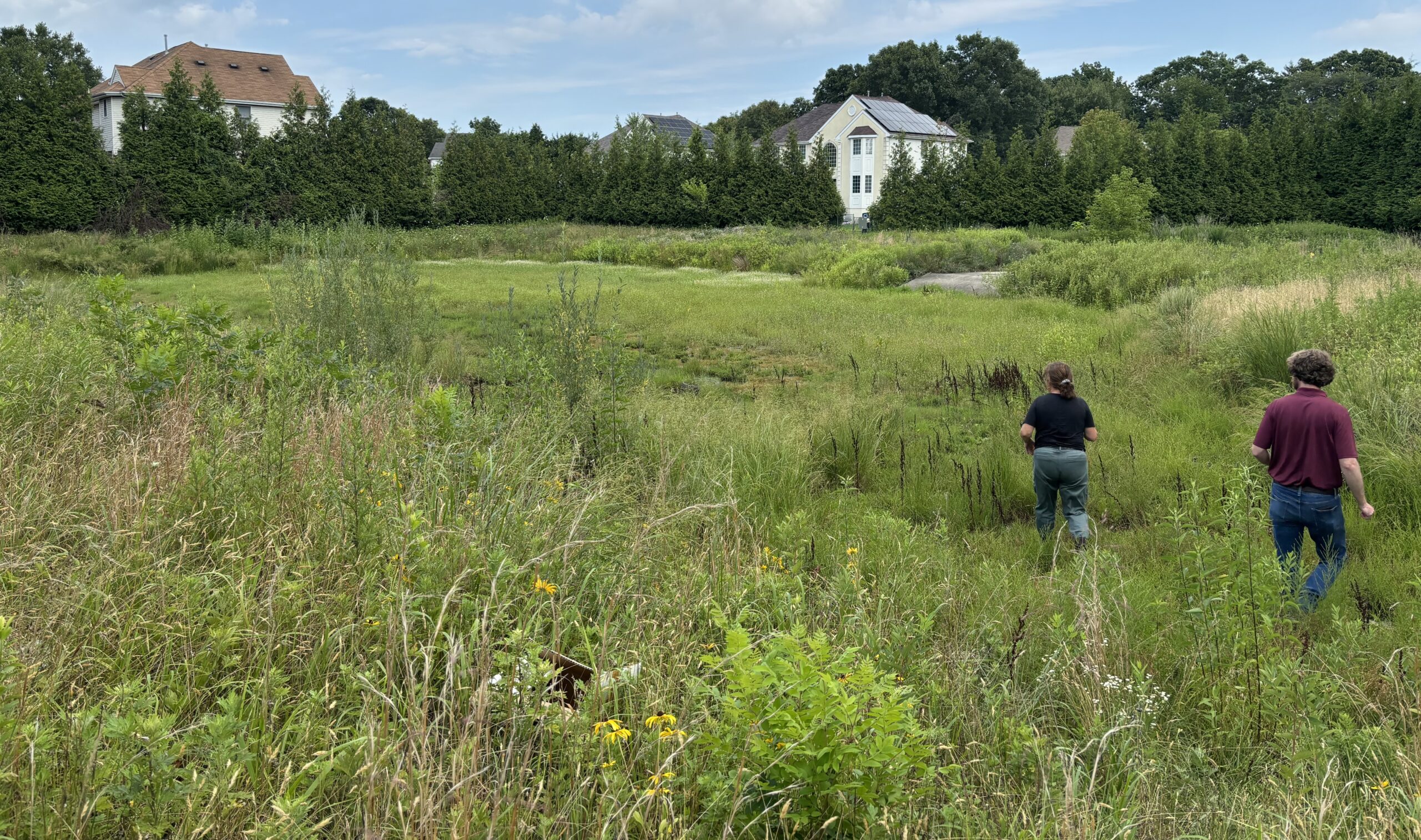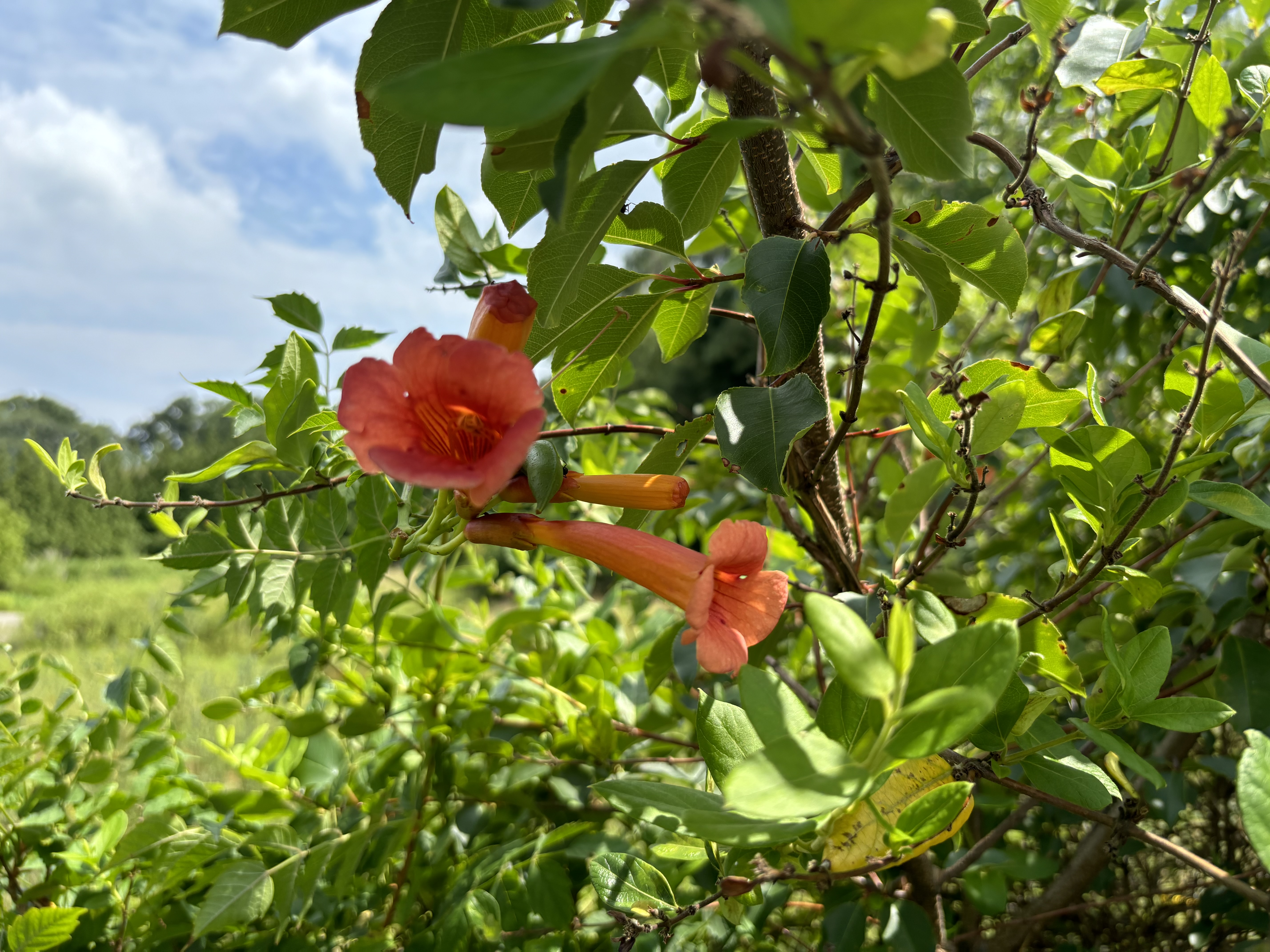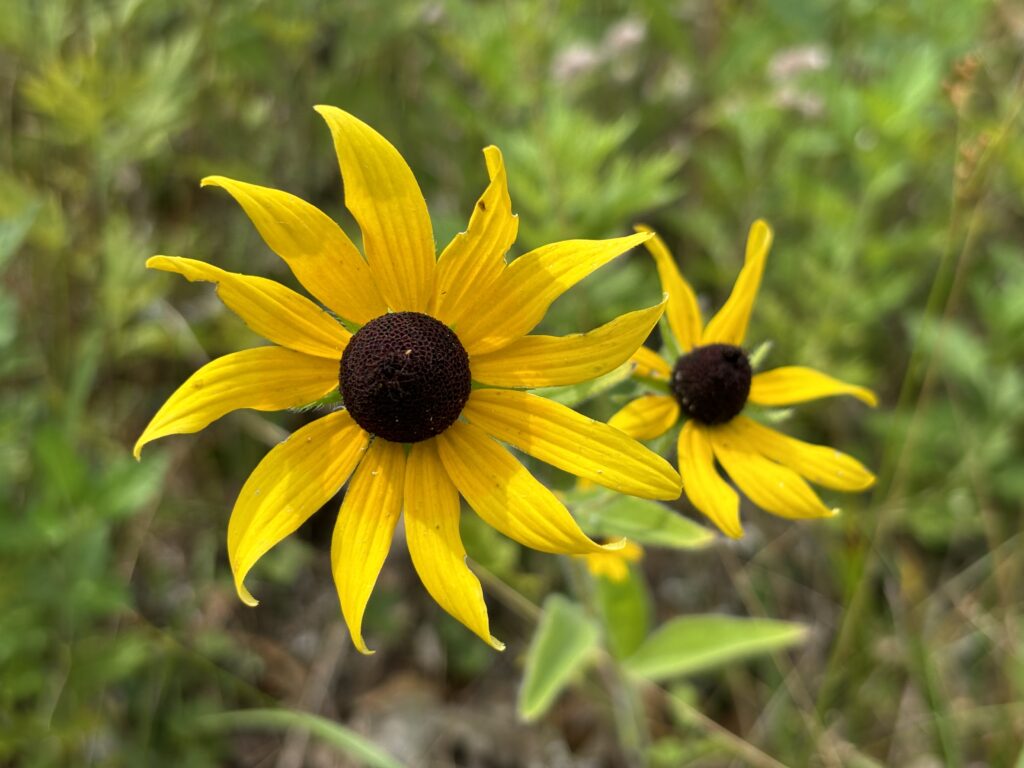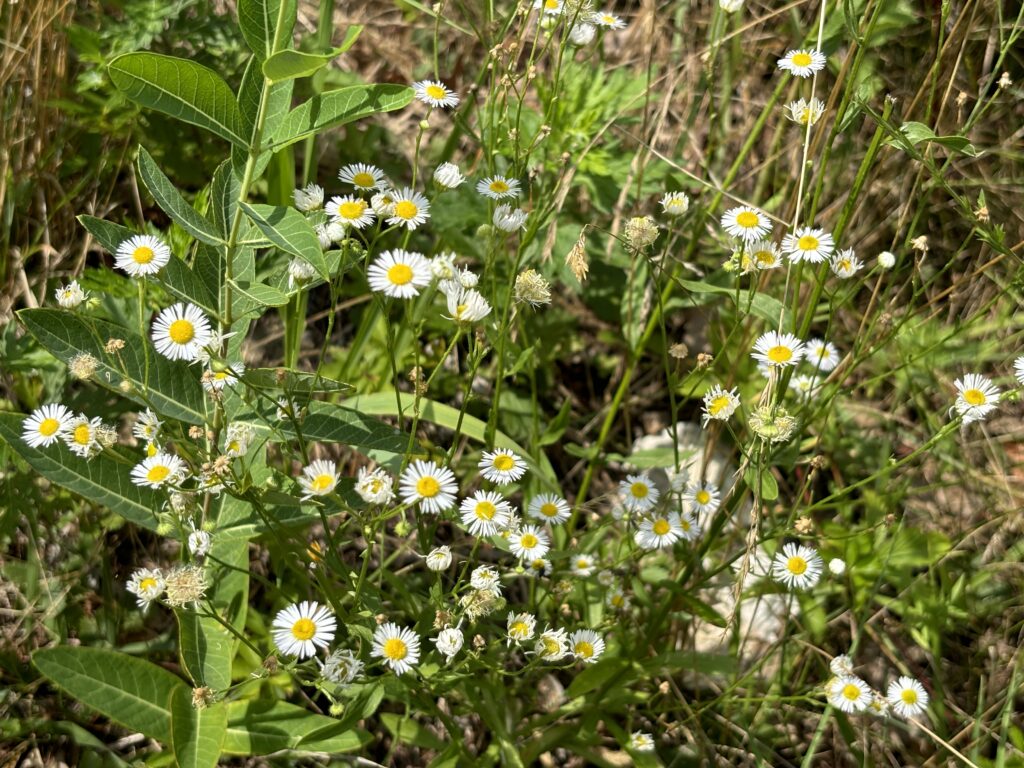This summer, the Lakewood Township Stormwater Basin Retrofit Project made significant strides, with project partners conducting field visits to assess the conditions and plant growth across several stormwater basins that have been retrofitted over the past three years. The basin locations included: American Avenue, Bnos Oberlin Chaim, Carol Street, FirstEnergy North, FirstEnergy South, Shemen Street, Rachel Court, Tuscany Terrace, and Waldorf.
During these visits, the team conducted a detailed inventory of the plant species present at each basin. Our primary goal was to determine if the seeds planted earlier in the project had successfully germinated and were growing as expected. The assessment was crucial in understanding the health and functionality of the vegetation in each basin, which would dictate the health of the basin.
The underlying conditions at each of the basins vary significantly, with some areas experiencing more moisture, while others remaining dry. In response to these different environmental conditions, we tailored the seed mix to suit each basin’s needs. By matching the seed mix to wet or dry conditions, we aimed to maximize the effectiveness of the stormwater basins in managing runoff while also supporting native plant growth.
Healthy plant growth is essential for maintaining and improving soil quality. The native plants we selected play a critical role in soil stabilization by creating deep root systems that reduce erosion and increase the soil’s ability to absorb and filter stormwater. This healthier soil structure is vital for managing stormwater during heavy rain events, as it allows basins to retain and slowly release water back into the environment, reducing the risk of flooding in nearby communities.




In addition to maintaining soil quality, healthy plant growth is crucial for habitat creation and fostering biodiversity. A diverse range of plant species supports a wide variety of wildlife, which is essential for a resilient and balanced ecosystem. We were thrilled to find many of the native species we planted were thriving. Not only are these plants taking root, but they are also creating rich habitats for local wildlife. Pollinators, such as bees and butterflies, were actively nectaring on native flowers, birds were nesting in shrubs and trees growing along the border and berms of the basins, and tadpoles were found swimming in the shallow wet pools of water at the bottom of some of the basins. Biodiversity increases ecosystem stability, allowing these habitats to better adapt to environmental changes. These mini but mighty ecosystems are becoming valuable assets to both the community and the environment.
These efforts play a critical role in enhancing the stormwater management capabilities of these basins, contributing to the overall environmental health of Lakewood Township. Healthy soil is the foundation for a thriving basin, and as we improve the soil’s ability to hold and filter water, the basins become more effective at reducing flooding and improving water quality. We will continue to monitor plant growth and basin conditions to ensure long-term success in reducing flooding and improving water quality in the area.
Stay tuned for further updates as we continue to track the progress of this important initiative.
Funding for the Lakewood Township Stormwater Basin Retrofit Project is provided through a Federal 319(h) Water Quality Restoration grant (Grant # WM20-008) awarded by the NJ Department of Environmental Protection to the South Jersey Resource Conservation & Development Council in partnership with Ocean County Soil Conservation District, Camden County Soil Conservation District, and Lakewood Township Department of Public Works.




